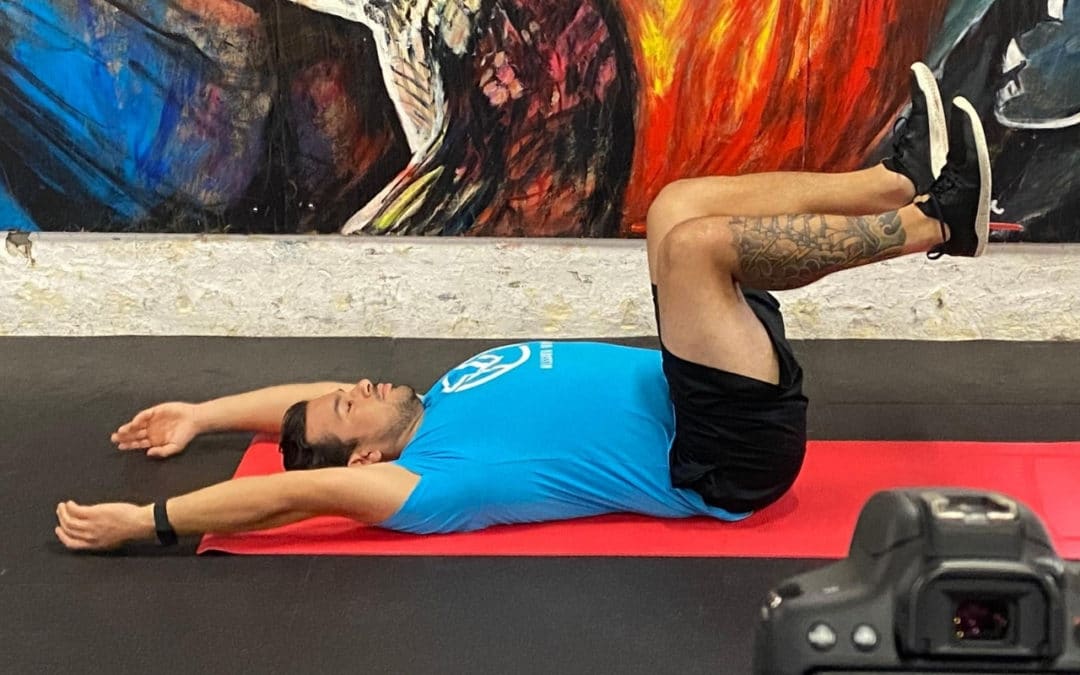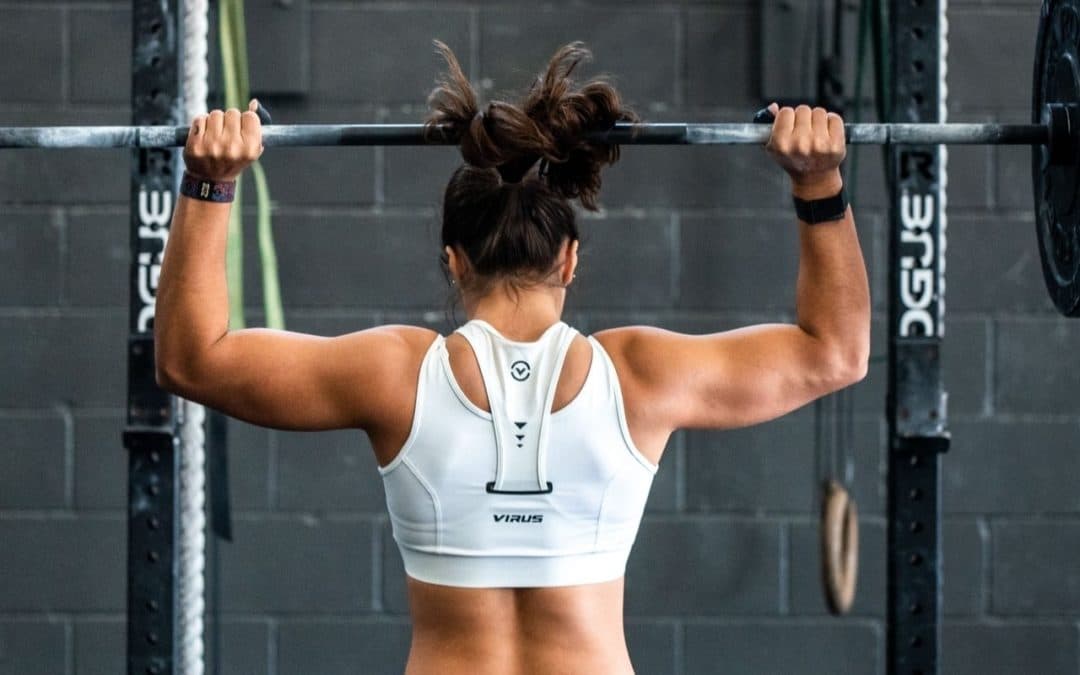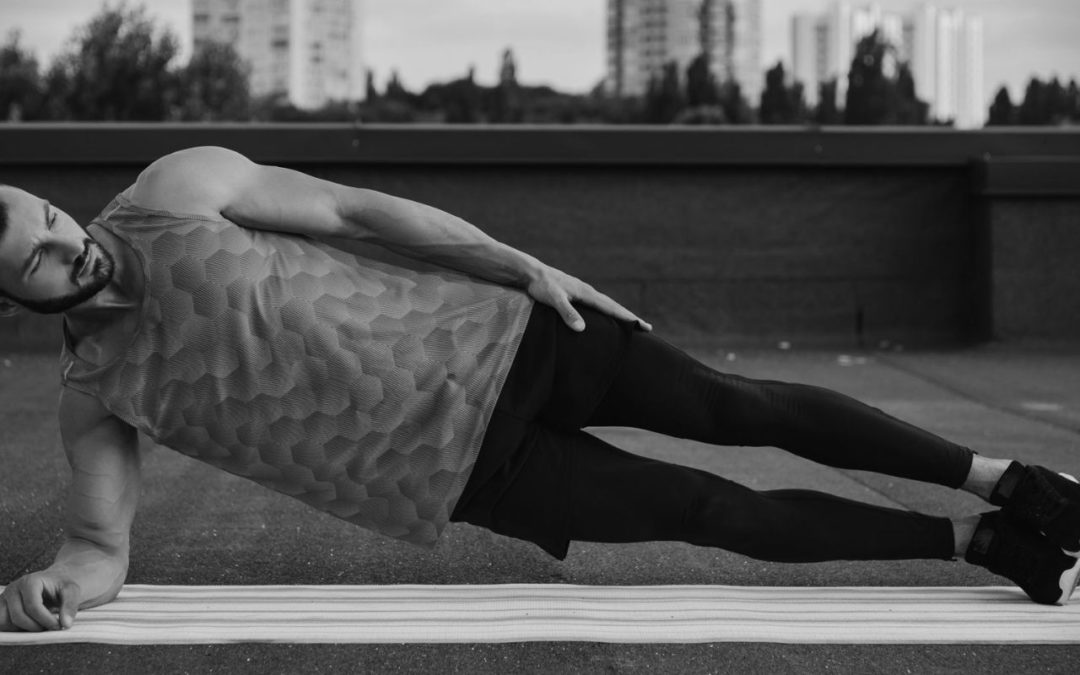Let me be clear. This is not a lesson on how to brainwash other people but it is a brief tutorial on how to hack yourself to promote mobility and better movement; meditation optional.
OK so as the title suggests this post is in some small part about meditation, but really it’s less about the actual practice of meditation and more about one of the aspects of it that requires literally ZERO woowoo hippiness.
And that aspect is:
Breathing.
Breathing is funny. We all do it every day. Most of the time without devoting any thought to it at all. In fact it’s the only autonomic (automatic) process that we can consciously control, to an extent. We can consciously hold our breath, for a short time anyways, but we cannot stop digesting our food or stop our heart on command.
(If you can do either of these things and are comfortable being put on display please email me, we could make millions.)
But how much time do you dedicate to thinking about how you’re breathing? Unless you are a respiratory therapist, asthmatic Yogi, or avid freediver my guess is next to none. The fact is- as long as air is going in and coming out you’re good to go right?
Eh, it’s not so straightforward.
Believe it or not there are good ways to breath and not so good ways to breathe.
The stats would say that if you have suffered from shoulder or neck pain and injuries related to overuse then it is more likely you have a less than efficient breathing pattern.
In my experience, people who have come to me with tight necks and shoulders generally breath into their upper chest. What I mean by this is that they tend to expand their ribcage up and out, using muscles which normally would elevate the shoulders or move the neck to lift and expand the ribs. It gets the job done, sure but breathing this way reduces the effect of the primary breathing muscle, the diaphragm.
That type of patterned breathing also jacks up the way your neck and shoulders move. Think about it. If you are using those muscles to breathe then what happens when you need to use them to move your shoulder or neck?
The short answer- something has to give.
You either breathe with less efficiency or stop entirely during certain lifts/movements or you sacrifice the quality of movement when you need to breathe.
Guess which is more likely to happen during a hard metcon style workout?
If you said you sacrifice movement quality for breathing then you get a gold star.
Lets connect the dots together. You get your heart pounding and lungs pumping then need to go do a movement like thrusters or wall balls. If your body demands that you stop breathing in order to move well then you run out of gas, slow down and take more breaks; if you sacrifice quality movement in order to breath you are also less efficient and probably need more breaks but also that ugly pattern you are following is more likely to cause an overuse injury.
Either way you hemmorage energy.
I often talk about the concept of one area having to pick up the slack for another area that isn’t doing it’s job. Case in point if the diaphragm slacks then the muscles of the neck, shoulder and rib cage need to pull double duty. Ever have to work harder cuz someone at work sucks at their job? Yup, me too. Sucks.
OK so how did my meditation improve my mobility?
When I practice focusing on my breath I’m not just counting each time I inhale or exhale, I also focusing on where exactly that air is going. Am I breathing into my chest or my belly? By belly breathing I am reinforcing the program of using my diaphragm as the primary breathing muscle. This does a few things that allows mobility and motor control to improve:
1- Down regulating the sympathetic nervous system and up regulating the parasympathetic nervous system.
The para-sympa-wha?
Simple explanation-
The sympathetic nervous system is dialed up when you are in fight or flight mode. In a workout you are probably in a sympathetic state; same when you get in a fight with your friend or spouse; same when you are stressed because you are hosting your crazy family for the holidays. When people get stressed they tend to tighten up, especially in the neck and shoulders.
The parasympathetic nervous system is turned on when you are relaxed and ready to wind down, AKA rest and digest. By activating this system you allow muscles to relax which promotes better mobility. Think chamomile tea, massages, and rainy days where you never get out of your pajamas.
2- Diaphragmatic control means better core control.
As I touched on briefly above, when a muscle or group of muscles isn’t doing their job something else needs to pick up the slack. In this case if the diaphragm isn’t active then only a portion of the other core/midline stabilizing muscles are working correctly. In my case, as with many others, the muscles that suffer and pull double duty are ones that affect the neck and shoulder blades. Because they are now responsible for assisting breathing they will not ‘let go’ enough to fulfill their primary role of moving and stabilizing the neck and shoulders.
Wanna improve your mobility but not meditate?
I got you-
Try this drill, it’s called crocodile breathing:
- Begin face down on the ground with your hands overlapping under your forehead. This prevents you from having to smash your nose into the ground or turn your head.
- Take a couple regular breaths. Feel where you are breathing into. Does your rib cage press into the ground first or does your belly?
- After you’ve taken a few normal breaths try breathing into your belly. You should feel it press into the ground before your chest.
- Also, though not shown in the video, it should be noted that you aren’t just pushing out your belly. You should also be trying to push your lower ribs and flanks (love handles) outwards.
- If you can’t seem to figure this out get a friend to stand over you and place their hands on your sides with a moderately firm pressure. Try to push out into their hands. This type of feedback can really help.
Alternate Drill-
- Lie on your back
- Place one hand on your belly and the other on your chest
- Take a couple easy, normal breaths. Which hand moves first and/or most?
- After a couple breaths really focus on moving your belly first
NOTE: You do not need to do both drills. Pick the one you are most comfortable with and perform it daily.
Breathing and more specifically diaphragmatic control is an important facet of movement but it is hardly the only one. For more information on how to maximize your movement ability and prevent injury sign up for our mailing list below.




